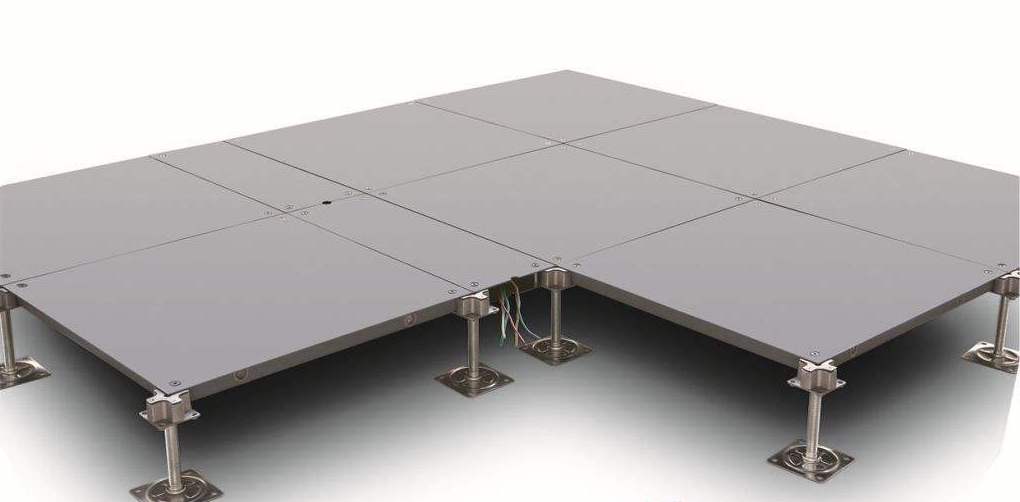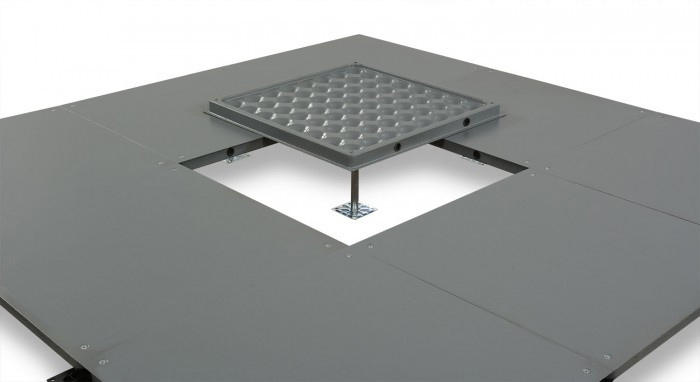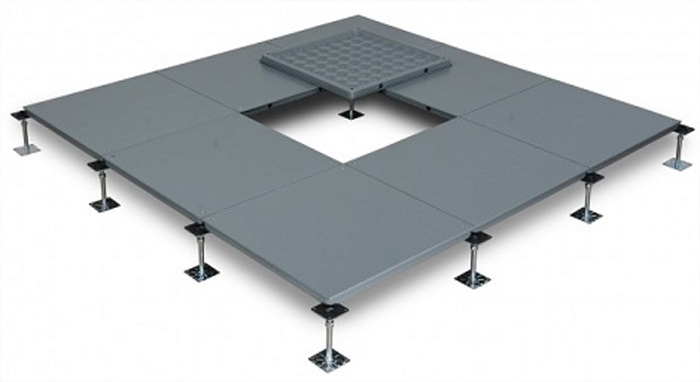Modular Access Floor
A modular access floor, also known as a raised access floor or raised floor system, is a type of flooring system commonly used in commercial buildings, data centers, server rooms, and other facilities that require flexible and accessible infrastructure for electrical, mechanical, and networking components. It consists of a grid of modular floor panels supported by adjustable pedestals, creating an elevated floor space. Here are some key features and benefits of a modular access floor:

AC Racks:
1. Cable management: One of the primary advantages of a modular access floor is its ability to accommodate and hide a large number of cables and wiring beneath the floor panels. This helps organize and route cables, eliminating clutter and improving the overall aesthetics and functionality of the space. The cables can be easily accessed and modified as needed, facilitating easier maintenance and future upgrades.
2. Flexibility and adaptability: Modular access floors are highly flexible and can adapt to changing needs and evolving technologies. The floor panels can be easily reconfigured, moved, or replaced to accommodate new equipment, layout changes, or infrastructure upgrades. This flexibility allows for easy expansion and modifications without the need for extensive construction or disruption to the existing space.
3. Airflow and cooling: The space created by a modular access floor provides an ideal pathway for cooling air distribution in data centers and server rooms. The raised floor allows cool air to be delivered directly to the equipment, improving cooling efficiency and reducing the risk of overheating. It also facilitates the implementation of under-floor air distribution systems and raised floor plenums for effective airflow management.
4. Accessibility and serviceability: Modular access floors provide convenient access to the infrastructure components located beneath the floor. This includes easy access to power cables, data cables, HVAC systems, and other utilities. Maintenance, repairs, and equipment upgrades can be performed quickly and efficiently, minimizing downtime and operational disruptions.
5. Aesthetics and design integration: Modular access floors can be finished with various types of floor coverings, such as carpet tiles, vinyl tiles, or laminates. This allows for customization to match the overall design and aesthetics of the space. Additionally, access floor systems can accommodate different floor heights, creating a seamless and level surface throughout the area.
6. Sound attenuation: The raised construction of a modular access floor can provide sound insulation properties, helping to reduce noise transmission between floors. This can be beneficial in environments where noise control is important, such as offices, call centers, or recording studios.
7. Infrastructure protection: By elevating critical infrastructure components off the ground, modular access floors provide protection against water damage, dust, and other potential hazards. This can be particularly valuable in areas prone to flooding or where a clean and controlled environment is required.
When considering a modular access floor, factors to consider include the load-bearing capacity, the height adjustment range of the pedestals, the panel size and material, fire rating requirements, static control properties, and any specific industry standards or regulations that need to be met.
Overall, a modular access floor offers a versatile solution for creating a flexible and accessible infrastructure platform, providing numerous benefits for efficient cable management, equipment cooling, easy maintenance, and adaptability to changing needs.



